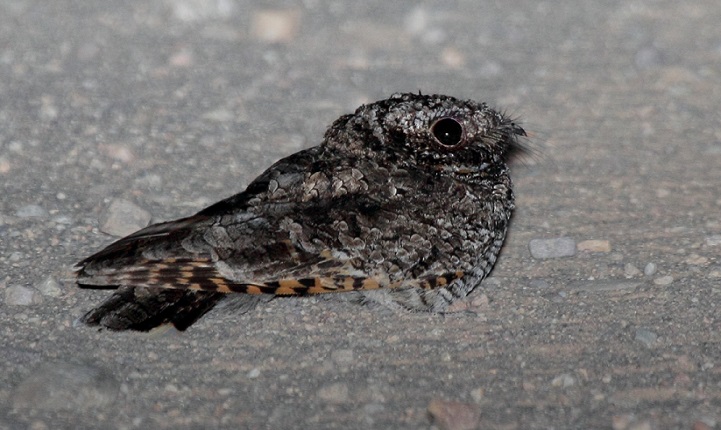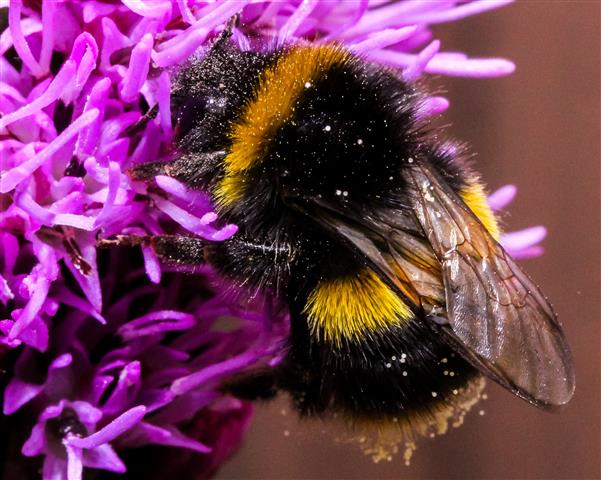When you’re a wild animal, surviving harsh winter weather and food shortages can be a challenge. Animals have adapted in many ways, one of which is hibernation. Though often thought to be a long sleep, hibernation is in fact very different, with animals lowering their metabolic rate, temperature, heart rate and breathing to reduce their need for food.
10. Bears
While bears are probably the first animal you think of when you think hibernation, they don’t actually hibernate, well not in the true sense at least. Bears go into torpor, which while similar to hibernation is different. When in torpor bears reduce both their heart and breathing rate, and their temperature drops, but less so than animals that hibernate. When in torpor bears can and do wake up easily, but they can go for days without waking, eating, drinking or going to the toilet.9. Garter snakes
While many animals hibernate alone, hibernation in garter snakes is a group activity. Hundreds or perhaps even thousands of snakes come together in a den to hibernate. The close contact helps them to keep warm which is important for cold-blooded animals.
8. Box turtles
Many turtles hibernate, but it varies with species and location. Box turtles can hibernate for between three to five months a year. They dig themselves an underground burrow, lower their heart rate to 5–10 beats per minute and stop breathing completely. But, they don’t go without oxygen as they take it up through their skin.
7. Snails
Snails may not be the first animal you think of when it comes to hibernation, but some do. When they hibernate, snails retreat into their shells and seal of the entrance with mucus to keep in moisture and stop them from drying out. They don’t just do this in cold weather either, they also protect themselves from hot weather, although this is known as aestivation.
6. Marmots
Wouldn’t it be nice to sleep through the entire of winter? Well, marmots can, or at least they hibernate through winter, sometimes for eight months at a time. When hibernating, marmots can reduce their heart rate to 3–4 beats per minute and will take 2–3 breathes a minute.
5. Common poorwill
There’s a reason you don’t hear much about birds hibernating, and that is because most don’t. The common poorwill is the only one, and it does so because its insect food is unavailable in winter. Rather than migrate, the birds snuggle in a hollow log and wait out the winter by lowering their metabolic rate and hibernating. Picture credit: Dominic Sherony (Wikimedia Commons)
Picture credit: Dominic Sherony (Wikimedia Commons)4. Bats
Bats go into a state of torpor, a reduced hibernation, overnight, when temperatures drop or food becomes scarce. Some species take it a step further and hibernate over winter, but generally it’s those that live in areas where insects are less available during winter months. When in torpor or hibernating, bats huddle together from ceilings or cave walls and can reduce their heart rates to 10 beats per minute.
3. Hedgehogs
Hedgehogs can hibernate for weeks or months depending on how cold the winter gets. During hibernation, hedgehogs can drop their heart rate by up to 90% but may wake up briefly if it gets too cold. The increased heart rate when they wake warms them up slightly before they go back to sleep.2. Bumblebees
Not all bees hibernate, but for the bumblebee, hibernation is a part of life, well for the queen at least. All males and worker bees die when the temperature drops, leaving the queen to find a suitable spot to wait out the winter. When temperatures rise, the queen emerges, builds a nest and lays a whole new colony.1. Wood frogs
Wood frogs go one step further than most animals when it comes to hibernation and stop breathing and their heart completely. In fact, they cool down so much that ice crystals form in their blood. They bed down in logs, burrows or leaf piles for winter and remain there until summer when they warm up and start breathing again.





0 Comments